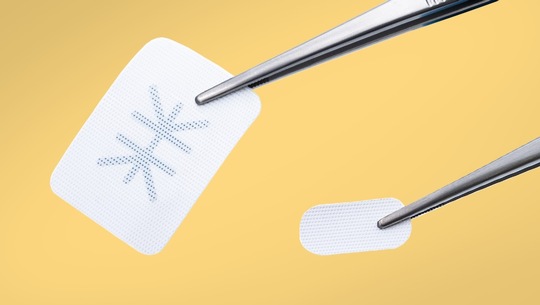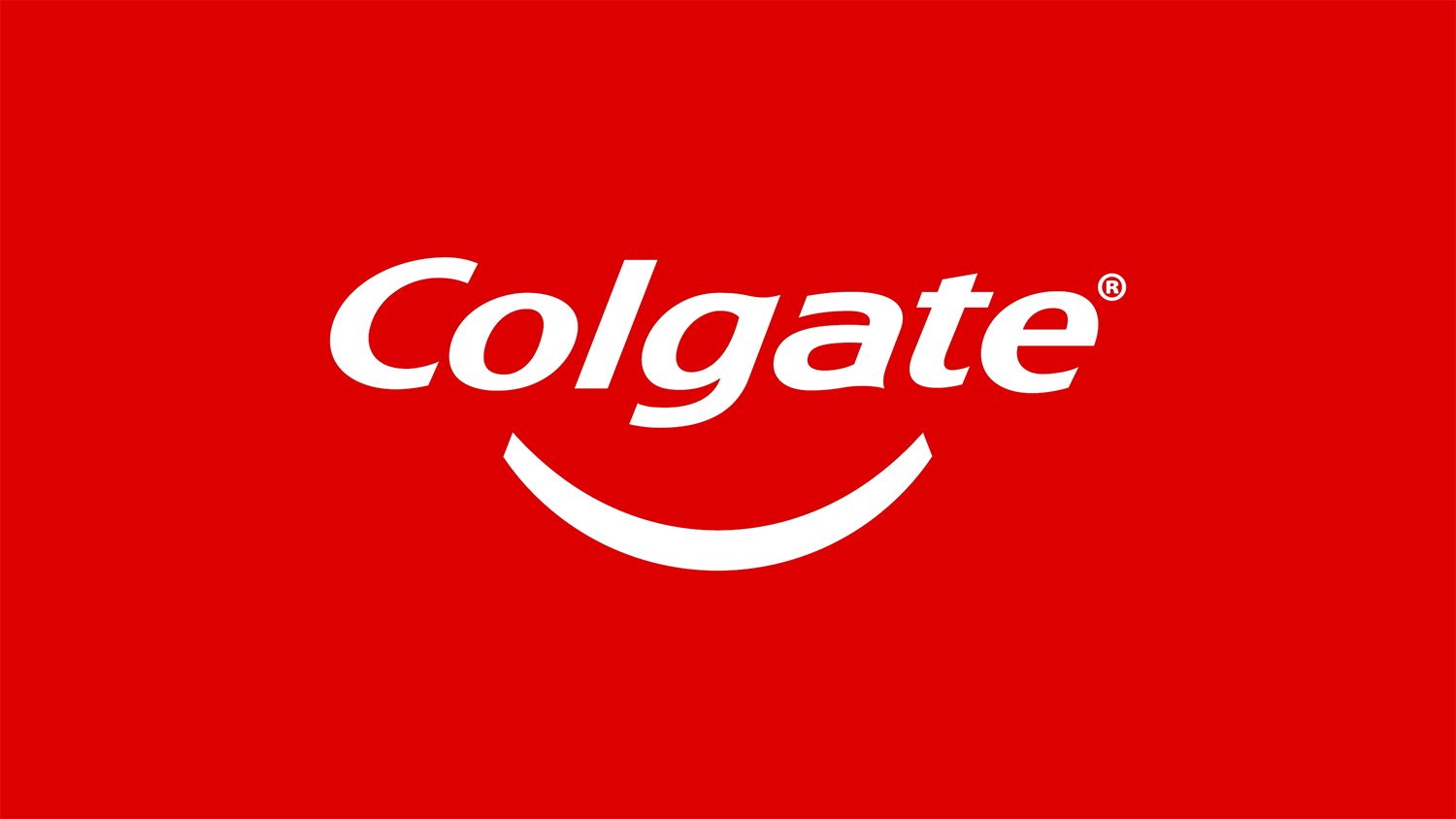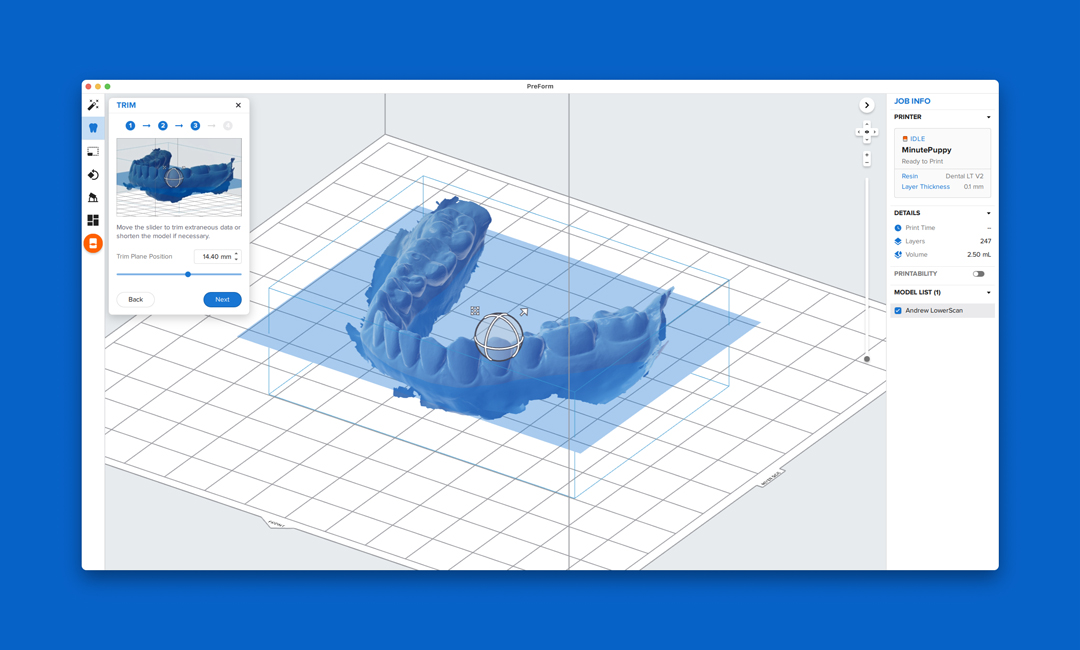As the pandemic’s economic effects drive more people to enroll in Medicaid as safety-net health insurance, a new study suggests that the program’s dental coverage can improve their oral health in ways that help them seek a new job or do better at the one they have.
The study focuses on the impact of dental coverage offered through Michigan’s Medicaid expansion, called the Healthy Michigan Plan. The researchers, from the University of Michigan, used a survey and interviews to assess the impact of this coverage on the health and lives of low-income people who enrolled.
In all, 60% of the 4,090 enrollees surveyed for the new study had visited a dentist at least once since enrolling in the Healthy Michigan Plan a year or two earlier, which the researchers verified with state records.
Among those who saw a dentist in that time, 57% said their oral health had improved since enrolling. The percentage who reported better oral health was even higher among Black respondents and those who said they’d been uninsured for a year or more before getting covered.
The findings are published in the Journal of Public Health Dentistry by a team from the U-M Institute for Healthcare Policy and Innovation that evaluates the impacts of the Healthy Michigan Plan. The authors hope their findings will inform policy decisions about dental coverage for Medicaid plans in Michigan and other states.
Impact on work lives
Half of the respondents had jobs or were self-employed, though their incomes were low enough to qualify for the Healthy Michigan Plan – about $15,600 for an individual in the year studied.
Just over 39% of all survey respondents, with jobs or without, said their oral health had improved since they enrolled.
Of those who had jobs and reported improved oral health, 76% said that their Healthy Michigan Plan coverage had helped them do a better job at work compared to 65% of those who had jobs but hadn’t experienced improvements in oral health.
Meanwhile, 60% of the unemployed people who said their oral health had improved credited their coverage with helping them look for a job, compared with 51% of those who hadn’t experienced improvement in oral health.
Although the data were collected before the COVID-19 pandemic began, the findings have implications for the hundreds of thousands of Michiganders who have enrolled in the Healthy Michigan Plan in the past year when they lost jobs or income.
The Healthy Michigan Plan includes basic dental care coverage such as cleanings, fillings, X-rays and dentures, and is open to people making up to 133% of the federal poverty level. Enrollment has grown to more than 895,000.
Voices of Healthy Michigan Plan enrollees
Most respondents had no health insurance coverage in the year before enrolling in Michigan’s program.
“The Healthy Michigan Plan’s dental coverage enabled many to get the dental care they needed,” says Edie Kieffer, Ph.D., M.P.H., lead author of the paper and a professor emeritus in the U-M School of Social Work. “In our interviews with enrollees, people talked about the great impact of having this dental coverage. People told us that, without dental coverage, they had to have their teeth pulled. They used their new coverage to get dentures, which improved their appearance, employment options and ability to eat. Dental coverage helped people address dental infections and get preventive dental care.”
Some enrollees mentioned that previously they had turned to hospital emergency departments for urgent dental care needs, for instance to get an antibiotic to treat an oral infection, but not to address the underlying problem that led to the infection. One interviewee said their first dental visit uncovered a tumor.
As one of the middle-aged male participants interviewed by the researchers and quoted in the paper says:
My teeth were pretty bad…and they fixed it up fine, and now…I feel better when I am looking for a job…I feel better because my appearance has changed a lot. That has helped me a lot, physically and mentally.
Practice and policy implications
The authors note that Medicaid coverage in Michigan improves patients’ access to primary health care as well as basic dental care. In both settings, providers can identify patients at risk of oral health problems, and suggest treatments for problems so they can be addressed before they worsen.
Nearly half of all survey respondents said their access to dental care had improved thanks to their dental coverage. That percentage was even higher among the 60% of respondents who had been uninsured for at least a year before getting covered under the Healthy Michigan Plan.
The findings about Michigan Medicaid expansion coverage’s impact on dental health are similar to other findings on health outcomes made by the IHPI team, says John Z. Ayanian, M.D., M.P.P., the study’s senior author.
“We can clearly see the positive impact of Medicaid coverage of dental care,” he says. “These findings have implications for states that have yet to expand Medicaid at all, or to include dental coverage in their Medicaid expansion programs.”
Ayanian heads the IHPI team that is evaluating the Healthy Michigan Plan through a collaboration with the Michigan Department of Health and Human Services. He also serves as IHPI’s director and a primary care physician and professor of internal medicine at Michigan Medicine, U-M’s academic medical center.
Access to dental care for Medicaid enrollees depends not just on the availability of coverage, which can vary by state, but also on the number of dental practices that accept Medicaid plans. Low reimbursement rates are a major factor in Michigan, says Romesh Nalliah, D.D.S., M.H.C.M., a co-author of the paper and professor at the U-M School of Dentistry.
Dental disparities
Nalliah notes that the inclusion of adult dental coverage in Medicaid and other plans could help reduce the disparities in oral health that he and others have documented.
In 2019, he and colleagues published data showing that while the oral health gap between Black and white Americans had narrowed between 1999 and 2014 (the year before Medicaid expansion took effect under the Affordable Care Act), there were still disparities in dental visits and tooth loss due to cavities and gum disease. More than 22% of Black Americans over age 65 had lost all their natural teeth by 2014, compared with 14% of whites.
The National Poll on Healthy Aging, also based at IHPI, has also studied dental health among adults aged 50 to 64 and adults over 65, finding disparities by income, race/ethnicity and education level in both age groups.
Oral health has important influences on people’s overall health, Kieffer explains, and poor oral health is very common among low-income adults.
Because dental coverage is an optional benefit under state Medicaid and Medicaid expansion plans, she and her colleagues hope policymakers will consider the potential for Medicaid dental coverage to both reduce oral health disparities, and improve the health and socioeconomic well-being of low-income adults.
In addition to Kieffer, Ayanian and Nalliah, the study’s authors include Susan D. Goold, M.D., M.H.S.A., M.A., Tom Buchmueller, Ph.D., Erin Beathard, M.P.H., M.S.W., Matthias A. Kirch, M.S., Erica Solway, Ph.D., M.P.H., M.S.W., Renuka Tipirneni, M.D., M.Sc., Sarah J. Clark, M.P.H., Adrianne N. Haggins, M.D., M.Sc., and Minal R. Patel, Ph.D., M.P.H.






 creosTM syntoprotect joins xenoprotect, allo.gain, allo.protect, xenogain and wound dressing to establish Nobel Biocare as the supplier of choice for natural or synthetic regeneration need.
creosTM syntoprotect joins xenoprotect, allo.gain, allo.protect, xenogain and wound dressing to establish Nobel Biocare as the supplier of choice for natural or synthetic regeneration need.

 Colgate is pleased to announce this year’s recipients of the Colgate Award for Research Excellence (CARE). The CARE Program recognizes a new generation of academic researchers by providing up to $30,000 USD (per project) to support oral health research projects across multiple disciplines.
Colgate is pleased to announce this year’s recipients of the Colgate Award for Research Excellence (CARE). The CARE Program recognizes a new generation of academic researchers by providing up to $30,000 USD (per project) to support oral health research projects across multiple disciplines. With more than 160 abstracts and e-posters submitted for the Academy of Osseointegration’s (AO) 2021 Virtual Annual Meeting, attendees were provided a first-hand look at the wealth of original and groundbreaking research.
With more than 160 abstracts and e-posters submitted for the Academy of Osseointegration’s (AO) 2021 Virtual Annual Meeting, attendees were provided a first-hand look at the wealth of original and groundbreaking research. Formlabs, a leading 3D printing company, today announced Scan to Model, a new feature in its PreForm software, that is designed to convert intraoral scans into 3D printable models easily. Dental and orthodontic professionals can use Scan to Model as an entry point into digital workflows without having prior experience with digital dental design software. Creating diagnostic, formed appliance and fit check models is simple: users scan a patient's teeth with a 3D intraoral scanner, upload the raw model into PreForm's Scan to Model tool, and then print with a Formlabs Form 3B printer - the whole process completed in less than one hour.
Formlabs, a leading 3D printing company, today announced Scan to Model, a new feature in its PreForm software, that is designed to convert intraoral scans into 3D printable models easily. Dental and orthodontic professionals can use Scan to Model as an entry point into digital workflows without having prior experience with digital dental design software. Creating diagnostic, formed appliance and fit check models is simple: users scan a patient's teeth with a 3D intraoral scanner, upload the raw model into PreForm's Scan to Model tool, and then print with a Formlabs Form 3B printer - the whole process completed in less than one hour.
